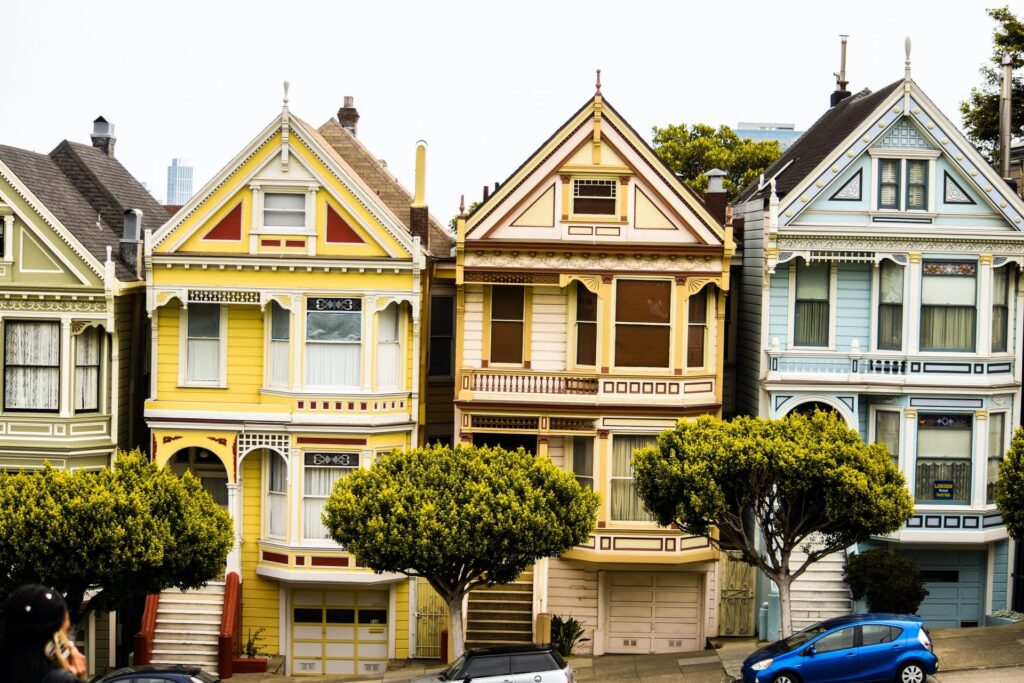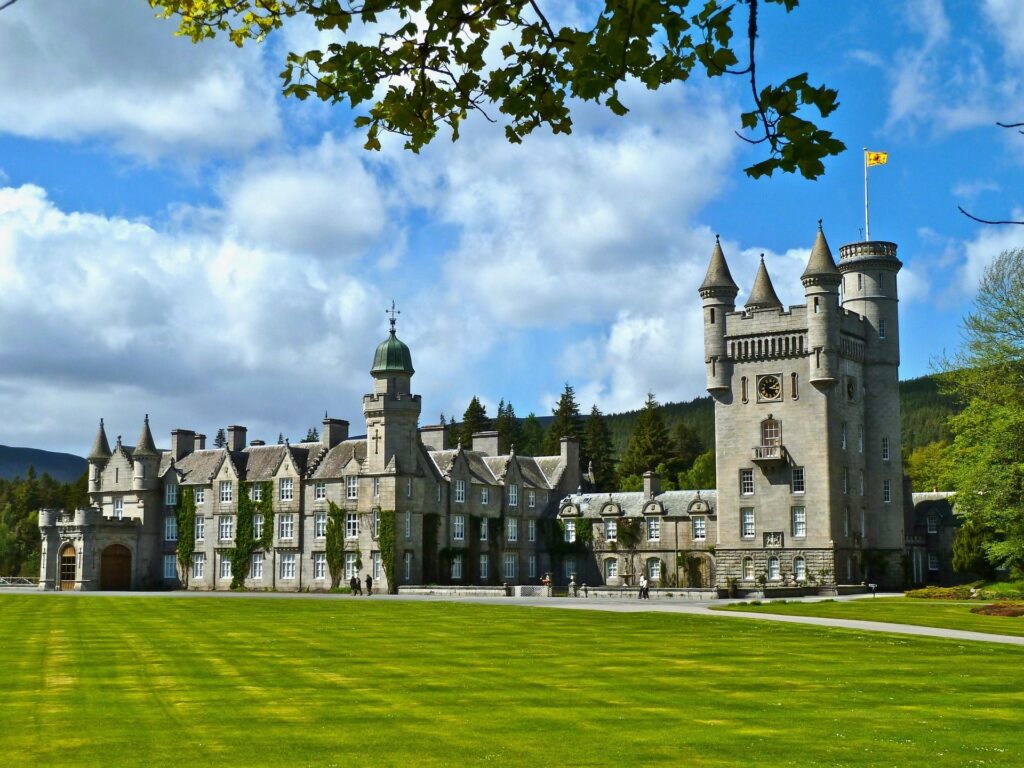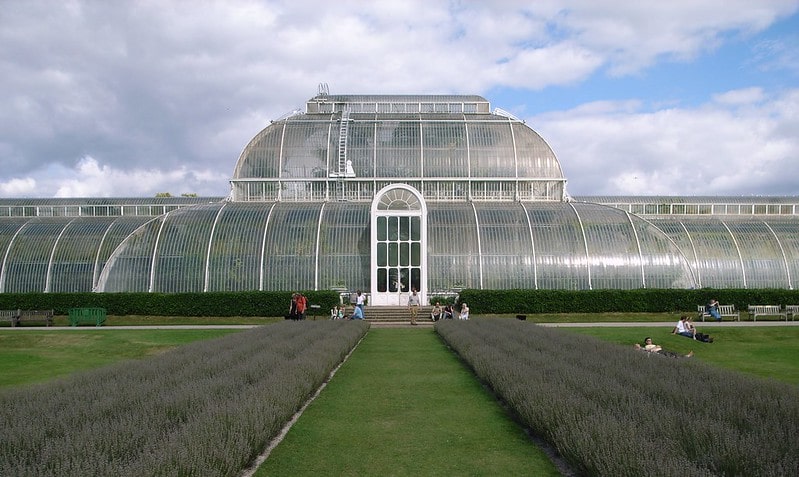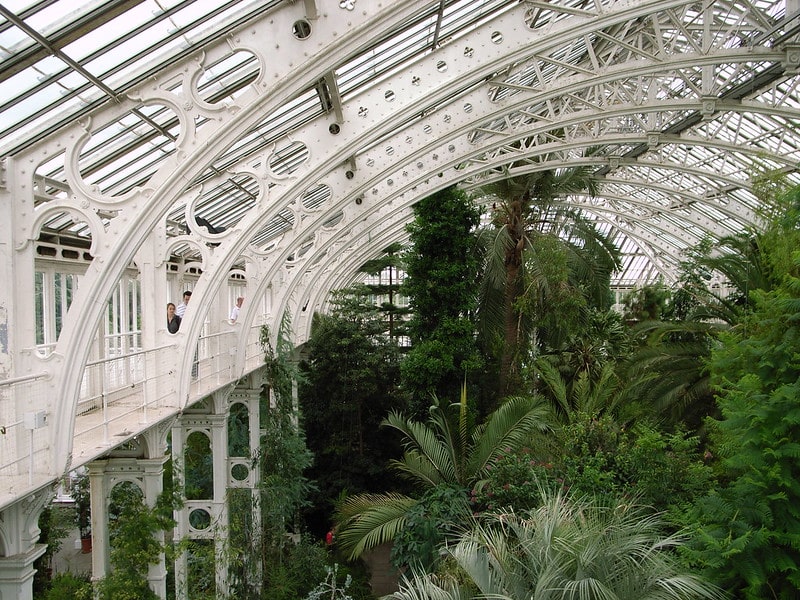Victorian Architecture: Redefining History
Victorian Architecture is not only a particular style but also dates back to a particular era. It was during the 19th century that it became popular in the United Kingdom.
Spanning for over 60 years, the style is a combination of many famous historical styles. It includes the early Gothic Revival, Romanesque Style, Greek revival, Colonial revival, etc.
It has spread its magic to different places around the world with time.

Brief History of Victorian Architecture:
The style got its name from the leader of that period and the place. It became popular during the reign of Queen Victoria from 1837 to 1901, hence the name Victorian. Georgian and Late Georgian periods followed the Victorian Architecture Era. The construction of buildings rapidly increased during the reign of Queen Victoria.
The start of the Victorian style of Architecture was from England. It largely defines the architecture of its cities. However, slowly it spread to other parts as well and adapted the local tastes, lifestyles, and building materials. New South Wales, Victoria, Tasmania, New Zealand, North America, and Australia still boast the trances of Victorian Architecture.
Victorian Architecture is not limited to any one style. Rather, it is a combination of styles that emerged during the reign of Queen Victoria. However, this did not blur the characteristics of this style. Several evident features identify Victorian buildings. It was believed during this era that architecture, furnishings, and fashion should not only be practical, but beautiful too. Therefore, it is one of the decorative and rich styles. It also went through many innovations by combining various styles. It even experimented with various building techniques and brought new materials into action.
Characteristics of Victorian Architecture:
The victorian Architecture Era was highly devoted to ornamentation. It can be separated from different styles with the following characteristics-
- Steeply pitched roofs are one of the major characteristics of buildings made in the Victorian style of architecture. It gives them a dollhouse-like resemblance with ornamented gables.
- Most of the building rooftops also feature Church-like finials.
- Exposed plain and colored bricks are other major Victorian Architecture features. Victorian buildings also have textured wall surfaces.
- Canted bays and sliding sash highlight the windows.
- Buildings are generally two to three stories high.
- The buildings have octagonal or round towers and turrets to gain attention.
- Buildings are asymmetrical with small lush green spaces.
- Most of the Victorian buildings are full of vibrant colors.

Victorian Style Houses:
Victorian homes have captured our attention for more than 200 years now. They are so simple and soothing that it leaves us in awe always. They have become the go-to style for people around the World. The exteriors resemble a dollhouse and give a castle-like appearance. Some of the Victorian Architecture features of these houses that make them distinctive are:
- The main feature is the stepped gable roof that gives it a castle-like appearance.
- Seen in towers, turrets, and domes like other Victorian buildings.
- Bright colors, decorative wooden work, stained glass, bay windows are what shapes Victorian homes.
- Inside of the houses has grand ornate staircases.
- The ceilings are also very high.
- Decorative fireplaces are a common thing in Victorian homes.
- Interiors were usually full of ornamentation.
With the spread of colonialization, the prominence of Victorian Architecture in Australia also became very popular. Australia at that time was growing its wealth through agriculture, grazing, and Gold. Therefore, Victorian Architecture in Australia became very popular for the construction of houses.

Commonly used Materials in Victorian Architecture:
Materials helped a lot in determining Victorian architectural features. The expansion of railroads became a plus point for architecture during the Victorian era. Transportation of materials became very easy. It made space for more innovations in construction.
Brick and mortal evidently define the buildings of Victorian Architecture. It also bought in the use of steel and glass for huge structures.
The gabled roof was one of the prominent features of this era. They were generally made of coal and tar, over tongue and groove planking. The use of slate became prominent on the roofs of royal buildings.
As this architectural style spread, it also incorporated local materials of different locations. Therefore, Victorian Architecture experimented and merged many styles and materials.
Victorian Architecture Buildings:
Let’s have a look at some of the buildings that will paint a better picture for us.
PALACE OF WESTMINSTER, LONDON:
The house of Parliament of the United Kingdom is one of the greatest landmarks of London. It is also one of the famous buildings in the entire World. It dates back to the 11th century. A fire burnt down the building in 1834. The building regained its shape during the Victorian Architecture Era. The building did not completely follow the characteristics of Victorian Architecture. It is symmetrical, unlike other Victorian buildings. The building’s exteriors boast the use of stone, glass, and iron. The building is a masterpiece and looks so rich in its golden color. The building was declared a UNESCO World Heritage Site in 1987.
PALM HOUSE, KEW GARDENS, LONDON:
Brick and mortar did not limit the Victorian buildings. They also experienced the effective use of iron and glass. Situated within the Kew Gardens, Palm House is actually a greenhouse. It houses tropical and subtropical plants. It is one of the most iconic buildings built in iron and glass. Palm House is one of the greatest engineering marvels of that era. It is the first building built of wrought iron without the support of columns on such a huge scale.
VICTORIA BUILDING, UNIVERSITY OF LIVERPOOL:
The beautiful University, rich with red brick was once the headquarters of the University of Liverpool. Red pressed bricks form the structures of the buildings. It also got popular as the “red brick University”.
The building is now used as a gallery and museum. It has collections of arts and artefacts that talk about the history of the University. It is now known as the Victoria gallery and museum.

BALMORAL CASTLE, SCOTLAND:
This of the most renowned castles in the World. This iconic castle was built for Queen Victoria and Prince Albert.
The castle is the private property for the royal family but the gardens and the ballroom exhibition of the castle are accessible to the public.
The Scottish Baronial-revival style of this mesmerizing castle is a must-visit place in Scotland.
The palace is now the holiday home for Queen Victoria’s great-granddaughter Queen Elizabeth.

ROYAL ALBERT HALL, LONDON:
The concert hall built in Italian style in the Victorian Architecture era hosts live music concerts of some of the greatest artists across the World. It also holds dance performances, sports events, award ceremonies, and many more shows.
Surviving the two World wars, the building looks exactly the same as it did 150 years back. Glass and wrought iron comprise the iconic dome of the building. It is a free-standing structure whereas the hall has mosaic friezes.
World’s first domed amphitheater with many more advanced features of its time, the Royal Albert Hall is a masterpiece of Italian architecture.
Victorian Architecture was one of the colourful and beautiful styles of Architecture. It definitely has left its traces but mostly replaced by modern architecture. There are many places that still follow this maximalist approach.





